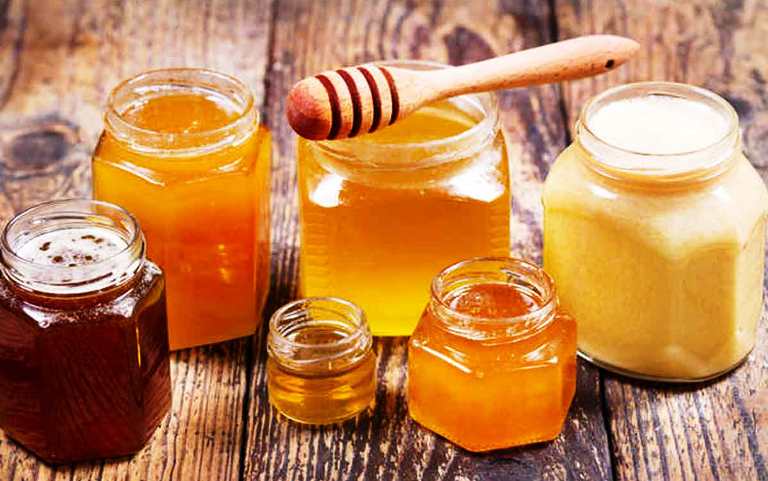The CFIA conducted a targeted surveillance report on honey imported into Canada in 2018-2019. A total of 240 samples of honey were collected from a variety of sources, including but not limited to importers, distributors, and domestic processing facilities. The samples were analysed by two methods: stable isotope ratio analysis (SIRA) and nuclear magnetic resonance (NMR) analysis. SIRA is able to detect adulteration with C4 syrups (from maize/corn or sugarcane) even at very low concentrations, while NMR can detect both C4 and C3 syrups (from rice or sugar beet). Using these tests, 52 of the honey samples (all of which were imported) were found suspect of adulteration by one or both methods (8 failed SIRA, 34 failed NMR, 10 failed both). Based on these numbers, it appears that the use of C3 sugars has begun to outpace the use of C4 sugars, perhaps in an attempt by fraudsters to pass the most commonly used adulteration tests (SIRA). These findings highlight the importance of using NMR, or a combination of both SIRA and NMR to detect C4 syrups across a wide range of concentrations as well as the presence of C3 syrups.





Leave A Comment